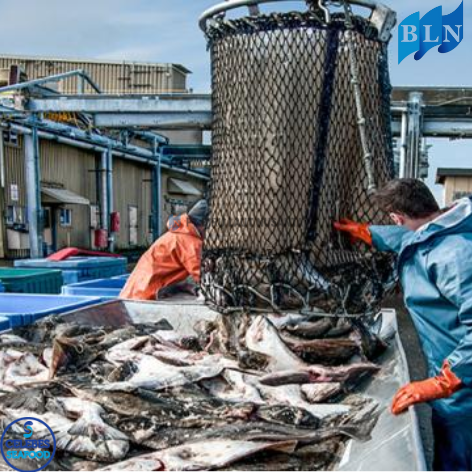7 Impressive Facts about Crabs
By. Nevanda - 26 Oct 2023
lautnusantara.com - Crabs, with their distinctive shape and sideways scuttling, are a unique and captivating group of crustaceans that inhabit the world's oceans, seas, and even some terrestrial environments. These creatures, often associated with beachside vacations and seafood feasts, have a wealth of fascinating features and behaviors that go beyond their culinary appeal. In this article, we'll explore some fun and intriguing facts about crabs.
1. Diversity in Disguise
Did you know that there are over 6,800 known species of crabs? They come in various shapes, sizes, and colors, from the tiny Pea Crab, measuring just a few millimeters, to the giant Japanese Spider Crab, with legs spanning up to 12 feet. This diversity showcases their remarkable adaptability to different environments.
2. Built-in Armor
Crabs are known for their hard exoskeletons, which serve as both armor and a structural support system. Their exoskeletons don't grow with them, so they periodically molt, shedding their old shells to allow for growth. During this vulnerable period, they are often targeted by predators.
Read also: The Remarkable Range of Skipjack Tuna Distribution
3. Lateral Locomotion
Crabs are unique among crustaceans for their distinctive sideways walk. This form of movement, called "carcinization," has evolved independently in various crab species. Their sideways gait is not only efficient for navigating through tight spaces but also makes them less vulnerable to predators.
4. Incredible Regeneration
Crabs have an astonishing ability to regenerate lost limbs, which can be crucial for their survival. When a crab loses a leg in a fight or due to injury, it can regrow a new one through a process called autotomy. The regrown limb may be slightly smaller, but it's fully functional.
5. Extraordinary Sense of Smell
Crabs have a highly developed sense of smell, and their "noses" are located in their eyestalks. They use these specialized organs to detect chemical cues in the water, helping them find food and locate potential mates. Some species, like the fiddler crab, use their sense of smell to assess the suitability of burrows for nesting.
Read also: The Crucial Ecological Roles of Crabs
6. Gender Bending
In the world of crabs, gender isn't as fixed as it is in some other species. Some species, like the porcelain crab, can change their gender from male to female or vice versa, depending on environmental factors or population ratios. This remarkable adaptation ensures successful reproduction in changing conditions.
7. Crustacean Communication
Crabs communicate with each other using a combination of visual displays, sounds, and chemical cues. For instance, the male fiddler crab waves its large claw as a courtship display to attract females. In contrast, the coconut crab produces a rasping sound by rubbing its pincers together as a warning signal or during mating rituals.
Crabs are not only delicious when served with butter and garlic but are also incredibly interesting creatures with a wide array of adaptations and behaviors. From their quirky sideways walk to their ability to change gender and regenerate lost limbs, these crustaceans are a testament to the wonders of the natural world. So, the next time you see a crab on the beach or your dinner plate, you can appreciate these fascinating facts that make them truly remarkable animals.
Read also: The Fascinating Distribution of Giant Pacific Octopus



.jpg)




